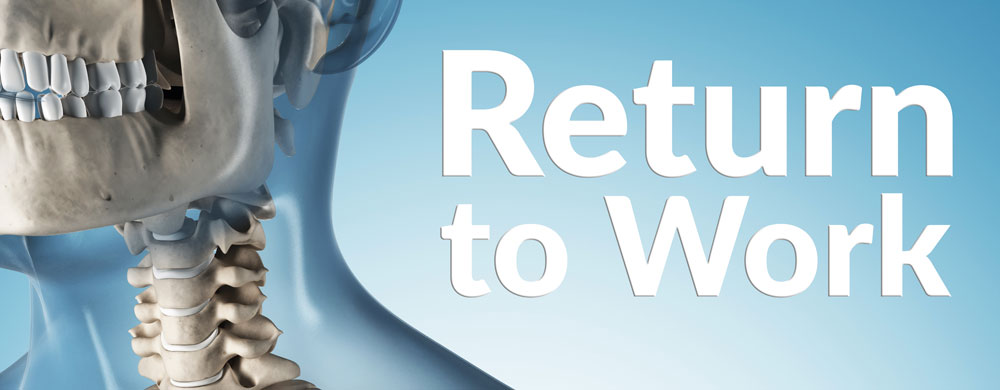
Frequently Asked Questions (FAQs)
If your question is not answered on this page, please contact our Return to Work Expert, or the AgSafe office.

Examples
"We at [Company Name] value the contribution you make to our workplace. We understand that your current injury might mean that you are not able to perform your usual job duties. We want to assure you that we will work with you and your doctor on finding suitable light or alternate duties that you can do while recovering. Our goal is to keep you working in a safe and sustainable capacity but in order to do that, we need to understand what your doctor (or physio) recommends we consider when assigning work duties. If you could have the doctor complete this form and give to you to bring back to us, that will help us ensure that the work assigned helps with your recovery and does not aggravate your injury. Participating in light duties will help ensure that your pay is not interrupted."
Disability Case Management
Transitional work can take three forms:
- Alternate work duties – these are duties outside of the worker’s usual job;
- Modified work duties – these are duties within the worker’s usual scope of work, but the work demands have been altered temporarily to align with the worker’s functional abilities and level of recovery
- Gradual return to work – this is a plan of progressively increasing hours, days and tasks until the worker has resumed full hours and duties
There are two possibilities for payment
- The worker is SUPERNUMERARY (an extra worker) and continues to be paid by WSBC; or
- The worker is receiving Section 30 Benefits – in this case, the worker is paid by the employer for hours worked and missing wages are topped up by WSBC. WSBC will send a request to the employer every 2 weeks to collect information on how much was paid to the worker in order to avoid any overpayment by WSBC.
Gradual Return to Work
The usual time frame for a gradual return is 2-6 weeks. If the proposed plan is longer than the employer is able to support, then it will be important to discuss with the worker’s case manager at WorkSafeBC the length of gradual return to work you can support.
For example, if the proposed plan is 6 weeks and you have certain factors (supervisor going on vacation, end of seasonal work, another GRTW starting) that would limit the plan to 4 weeks, then a conversation with WorkSafeBC about possibly having the employee continue in rehab activities outside of work until he/she can be successful with a shorter GRTW plan is recommended.
A complete gradual return to work from start to anticipated end provides the worker with a goal to work towards and a date for the employer to expect the worker back to his/her usual job and schedule.
Gradual return to work plans provided in weekly pieces can be hard to manage. Speak with the worker and request he/she ask the doctor provide a full plan from start to finish. If no success with this approach, speak with the WorkSafeBC case manager about the plan and associated timeline.
Did the employee have pre-planned vacation and associated plans that cannot be changed (for example, plane tickets and accommodations booked)? If so, the vacation can be granted as is but it will be important to advise WorkSafeBC of these plans. The employee would then collect vacation pay for the time and the claim with WorkSafeBC would be interrupted/suspended for the duration of vacation. Upon return from vacation it will be important for the worker to see his/her physician for an assessment of readiness to either resume working full time and duty or to resume the gradual return to work.
If there were no previous plans/booking of vacation, then it is at the employer’s discretion whether to grant vacation or not. Keep in mind, interrupting a worker’s rehabilitation and return to work can negatively impact the momentum and delay the full time/duty return to work.
